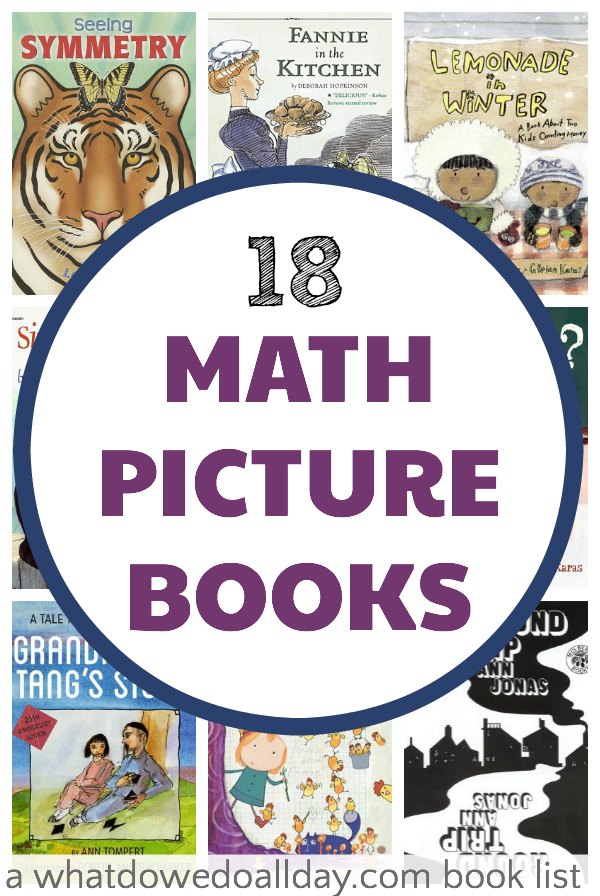I know in PLC, we have talked a lot about centers and what each center can look like in your classrooms. 2nd grade had a great PLC focusing on using our pacing guide and resources to sort out centers that would work within their MATH workshop frameworks.
I want to take a moment and think about our mini lessons, especially since many of our grade levels are beginning new clusters.
Just like in reading, it is really important to have an engagement piece that will create connections for students in our later math lessons.
I always love to start math lessons with an exploration of the math tools that we will be using during the math unit. It is so important to give students the opportunity to touch, hold, feel and attempt to use those tools without our direct instruction.
I love this video from Claire Brown. Her students are exploring math tools during their morning tubs. It is amazing how math naturally begins to happen. I spy students sorting bears by size! When the tool is then introduced in a math lesson, students will already have some schema about the tool from their exploration.
Picture Books!!!! Can we use them in math to build engagement? We sure can!
Keep these points in mind:
- Picture books can bring a real world context to math concepts.
- Picture books help math "phobic" students to feel more comfortable by allowing them to see math in a new light.
What Do We Do ALL Day & Sleeping Should be Easy have blogposts introducing tons of math picture books to get you started!
Picture books can be used in mini lessons to introduce new concepts and build a bridge to new learning. Along with that, picture books can help pose a problem for students to solve or be placed in a center along with a graphic organizer.
Think about taking a well known picture book and creating word problems centered around the characters or the math naturally occurring within the story. Better yet, use the picture book you are using during your mini lesson for reading!
As you are choosing your picture books, keep in mind that there are 3 tiers of math picture books:
Fundamental Picture Books: These books are all about teaching math or math is the focus concept of the book.
Check out these books on Epic Books!
Embedded Math Picture Books: These books have a stand alone story but there are deliberate connections to math concepts. These types of texts work perfectly for read-alouds but teachers need to be sure to direct the students to the math within the text.
Check out these books on Epic Books!
Connected Math Picture Books: The books do not have a math focus but easily lend themselves to making connections to math. Teachers can do this through think-alouds and conversations.
As suggestion for this type of book would be
The Grouchy Lady Bug by Eric Carle.







No comments:
Post a Comment